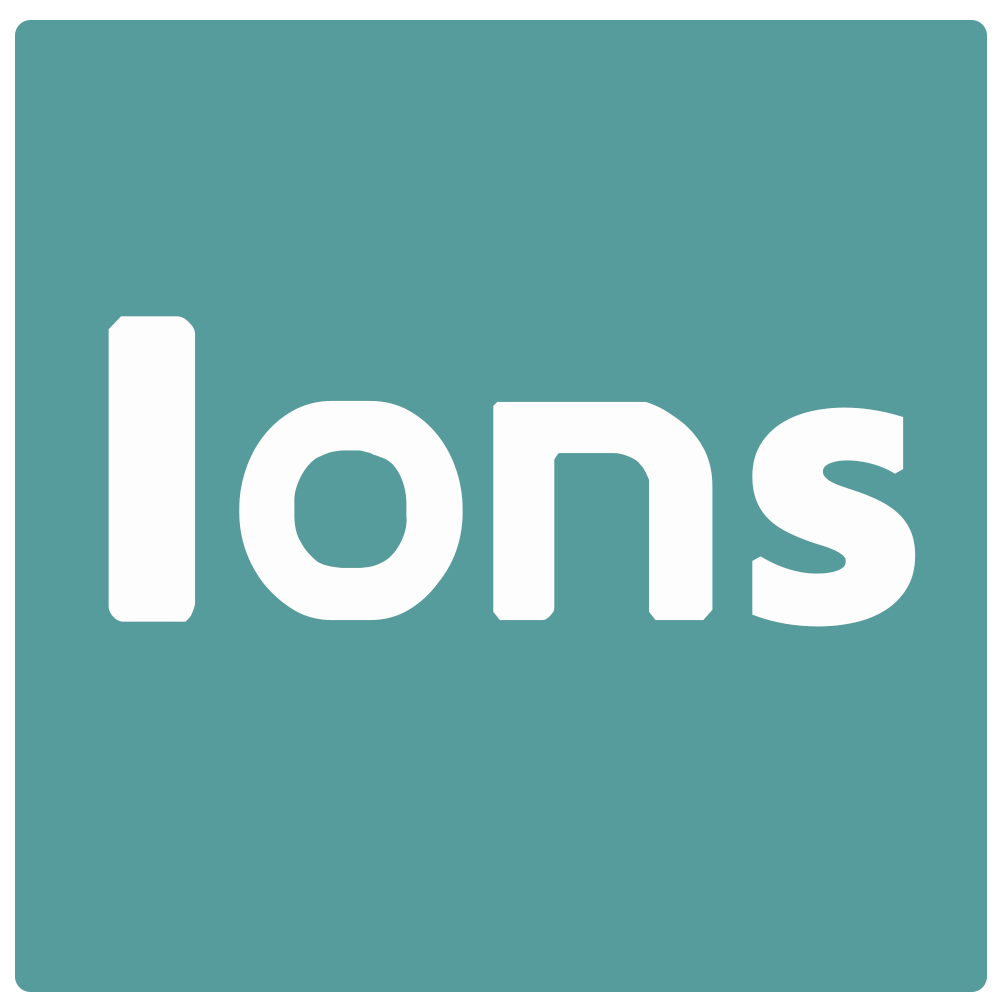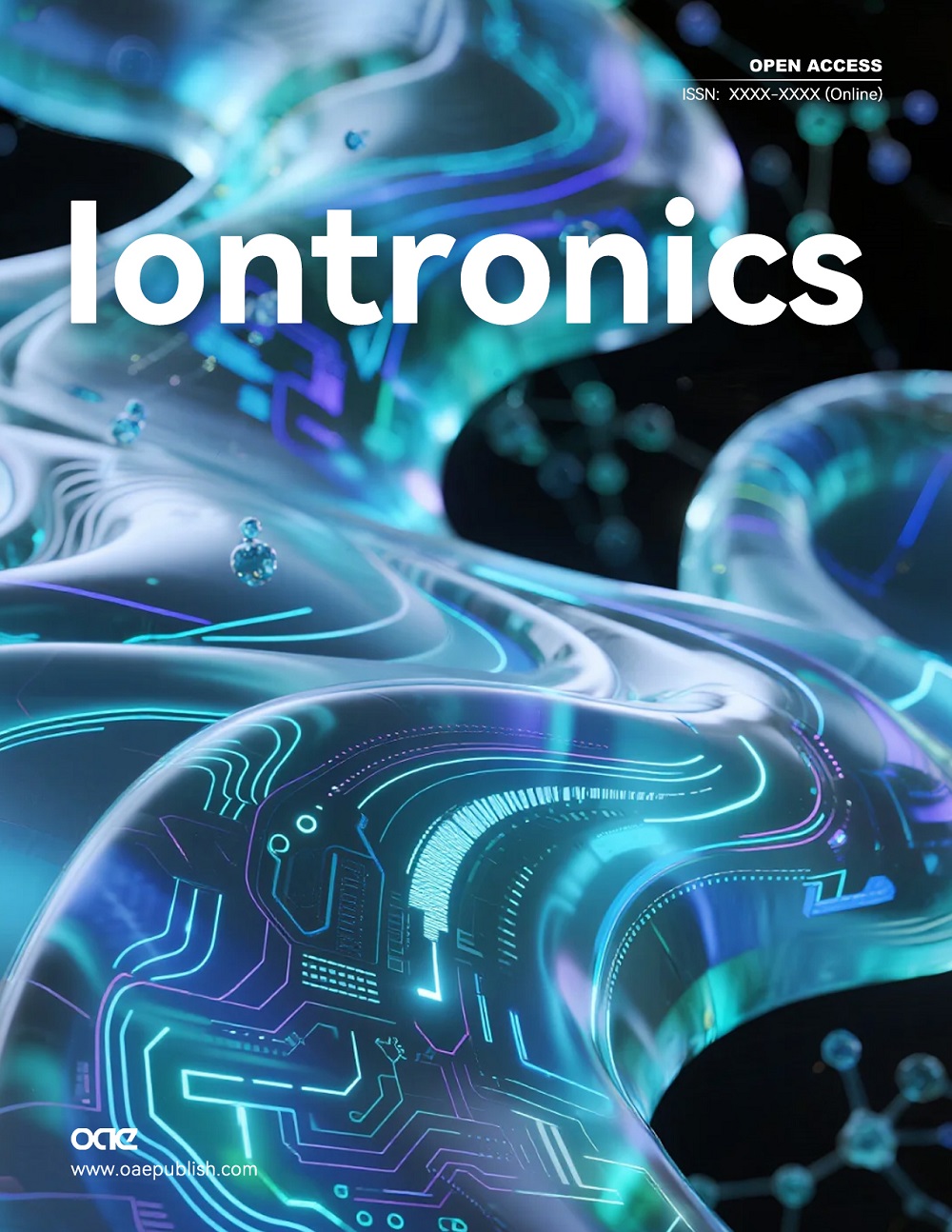IONTRONICS inaugural editorial: defining a new frontier with iontronics
The 21st century marks a turning point in the evolution of information and energy technologies. As the boundaries between biology, electronics, and materials science continue to blur, a new discipline, iontronics, has emerged at the intersection, poised to reshape the future of brain-machine interfaces, intelligent systems, and sustainable energy technologies.
IONTRONICS is the first international, peer-reviewed, open-access journal dedicated entirely to this transformative field. It is launched in response to a rapidly growing demand for a rigorous and focused platform to support the expanding global community working on ionic charge-based devices and systems. Our mission is to advance the science and engineering of iontronics by publishing innovative research that explores the use of ions as primary information and energy carriers.
Unlike traditional electronics, which rely on the flow of electrons through rigid semiconductor/conductor frameworks, iontronics harnesses the motion of ions, naturally abundant, chemically diverse, and biologically compatible. Ions possess intrinsic advantages: they carry both charge and mass, exhibit tunable transport dynamics, and enable neuron-like signal amplification. These attributes unlock unprecedented opportunities for emulating biological signal processing, achieving adaptive sensing, and building sustainable energy technologies.
Iontronics has already demonstrated compelling promise. In brain-machine interfaces, ionic conductors mimic synaptic transmission, enabling intimate integration with neural circuits. In soft robotics, iontronic materials allow for low-voltage actuation and adaptive response. In energy systems, ionic flux underpins innovations in osmotic power generation and self-powered sensing. These developments are catalyzing a paradigm shift in how we understand and control the energy and information flow.
Yet, the field is still in its early stages. Fundamental questions remain: how to tune and optimize ionic transport at the nanoscale, how to couple ionic and electronic processes with precision, and how to build scalable, high-performance iontronic devices. IONTRONICS is committed to accelerating this progress, acting as both a platform for breakthroughs and a framework for defining the field.
The journal welcomes original research articles, reviews, perspectives, and methods papers. We particularly encourage innovative, interdisciplinary, and disruptive work that advances theoretical foundations, material synthesis, device engineering, and systems integration. Topics of interest include, but are not limited to:
(1) Ionic energy harvesting and storage
(2) Soft iontronic interfaces
(3) Nanofluidics and nanotechnology
(4) Ionic logic and computing
(5) Nanoconfined catalysis and reactions
(6) Neuromorphic systems
(7) AI-empowered iontronic systems
(8) Triboiontronics and mechanoionic coupling
(9) Bioinspired and biointegrated sensors
We also invite contributions that bridge iontronics with related fields, including electrochemistry, synthetic biology, soft robotics, biomedical engineering, and green energy technologies. Cross-disciplinary collaboration and methodological innovation are especially encouraged.
Looking ahead, IONTRONICS envisions becoming a central hub for advancing this transformative field, fostering global academic exchange and supporting the development of next-generation technologies that respond to pressing scientific and societal challenges, such as neurodegenerative diseases, clean energy, and intelligent systems for healthcare and environmental monitoring.
Our editorial board comprises a global team of leading experts in nanofluidic ion dynamics, interface chemistry, flexible electronics, and applied physics. Together, we are committed to ensuring scientific excellence, academic integrity, and fast, fair peer review. We bring decades of experience and deep disciplinary insight to guide the journal’s development and support the iontronics research community.
The launch of IONTRONICS represents more than the creation of a new journal; it signifies the formal recognition of iontronics as a distinct scientific discipline. By capturing the unique behaviors of ionic charge transport and control, the field promises to transform the way we interact with matter, machines, and ourselves.
We warmly invite scientists, engineers, and technologists worldwide to submit their most pioneering work, to engage as authors, reviewers, and collaborators, and to help shape the future of iontronics.
Let the era of iontronics begin.
— Editorial Board of IONTRONICS
DECLARATIONS
Authors’ contributions
The author contributed solely to this work.
Availability of data and materials
Not applicable.
Financial support and sponsorship
None.
Conflicts of interest
The author is the Editor-in-Chief of Iontronics. This Editorial was not externally peer reviewed and was accepted directly by the publisher. The Editor-in-Chief was not involved in the handling or decision-making of this manuscript.
Ethical approval and consent to participate
Not applicable.
Consent for publication
Not applicable.
Copyright
© The Author(s) 2025.
Cite This Article
How to Cite
Download Citation
Export Citation File:
Type of Import
Tips on Downloading Citation
Citation Manager File Format
Type of Import
Direct Import: When the Direct Import option is selected (the default state), a dialogue box will give you the option to Save or Open the downloaded citation data. Choosing Open will either launch your citation manager or give you a choice of applications with which to use the metadata. The Save option saves the file locally for later use.
Indirect Import: When the Indirect Import option is selected, the metadata is displayed and may be copied and pasted as needed.
About This Article
Copyright
Data & Comments
Data











Comments
Comments must be written in English. Spam, offensive content, impersonation, and private information will not be permitted. If any comment is reported and identified as inappropriate content by OAE staff, the comment will be removed without notice. If you have any queries or need any help, please contact us at [email protected].